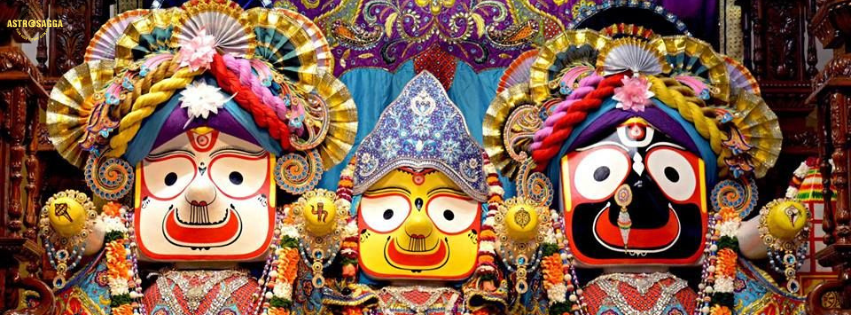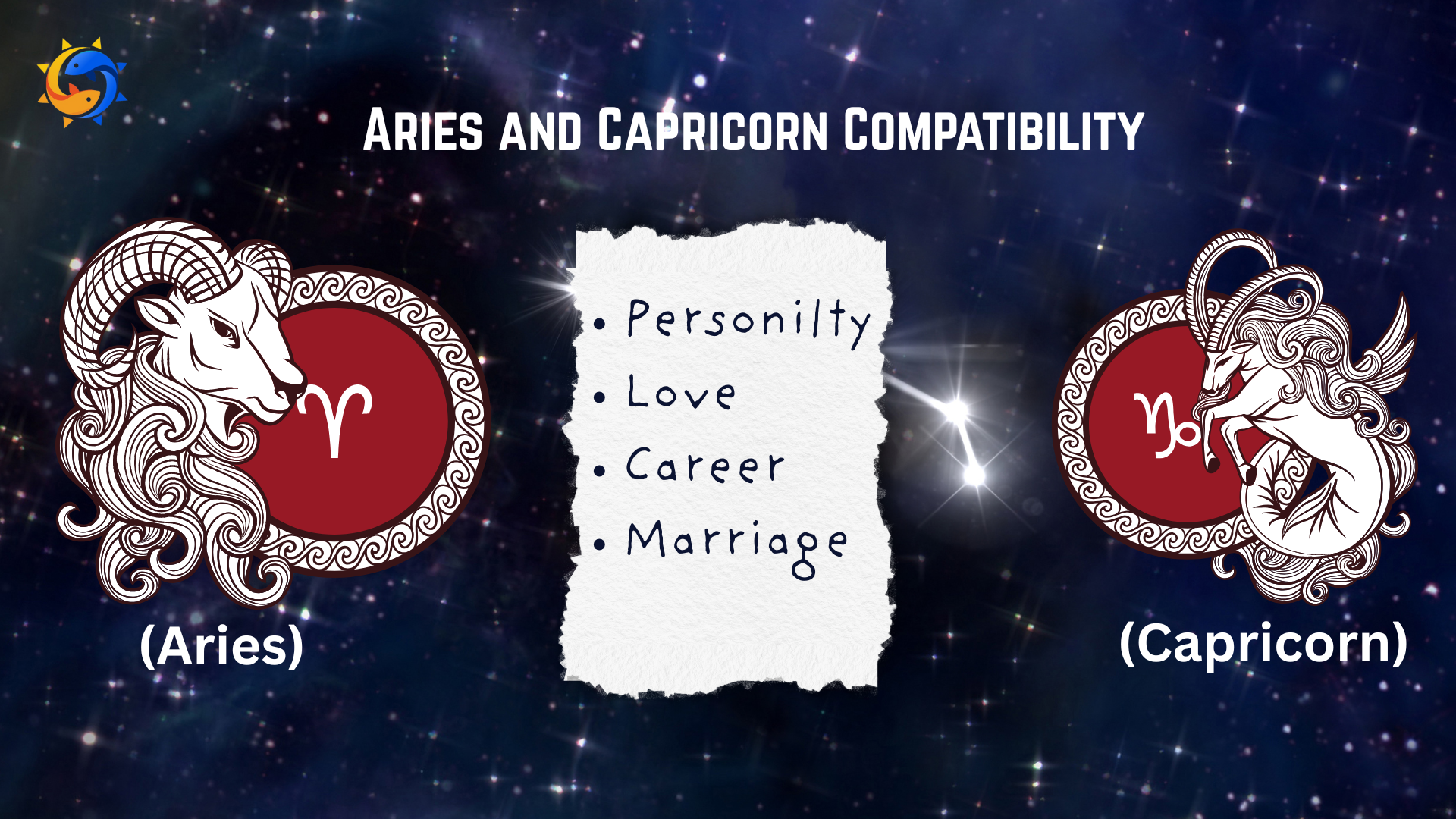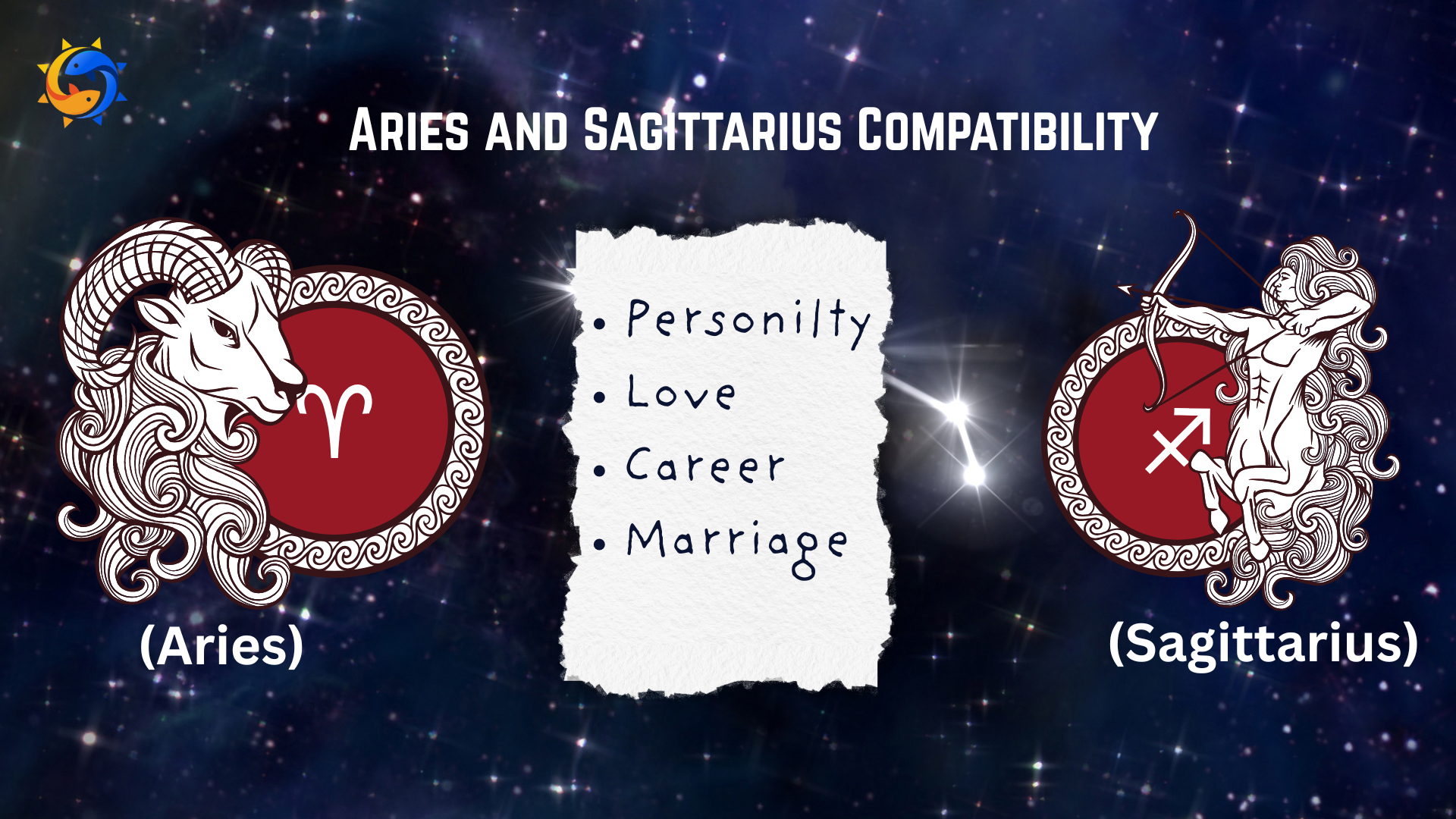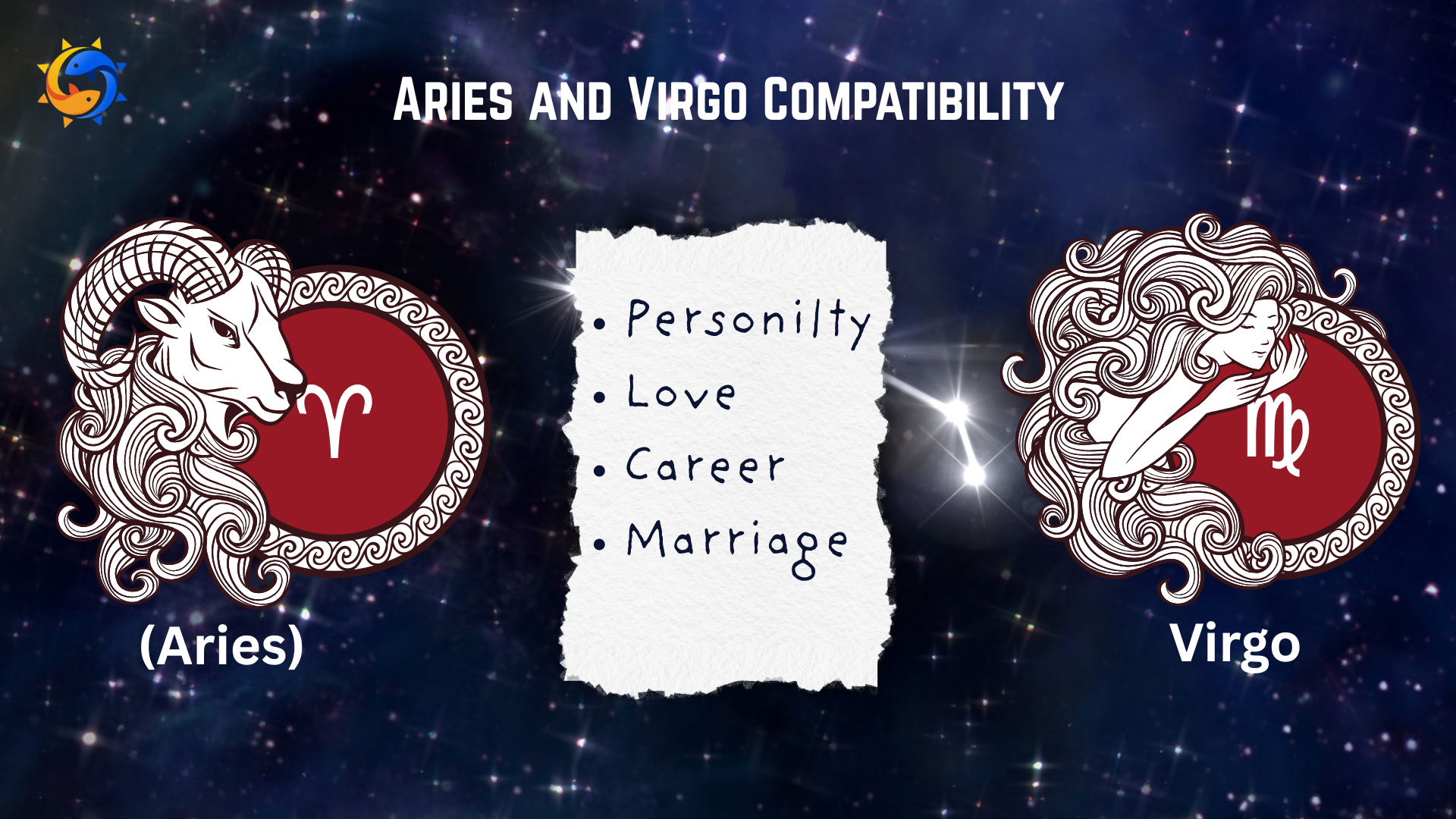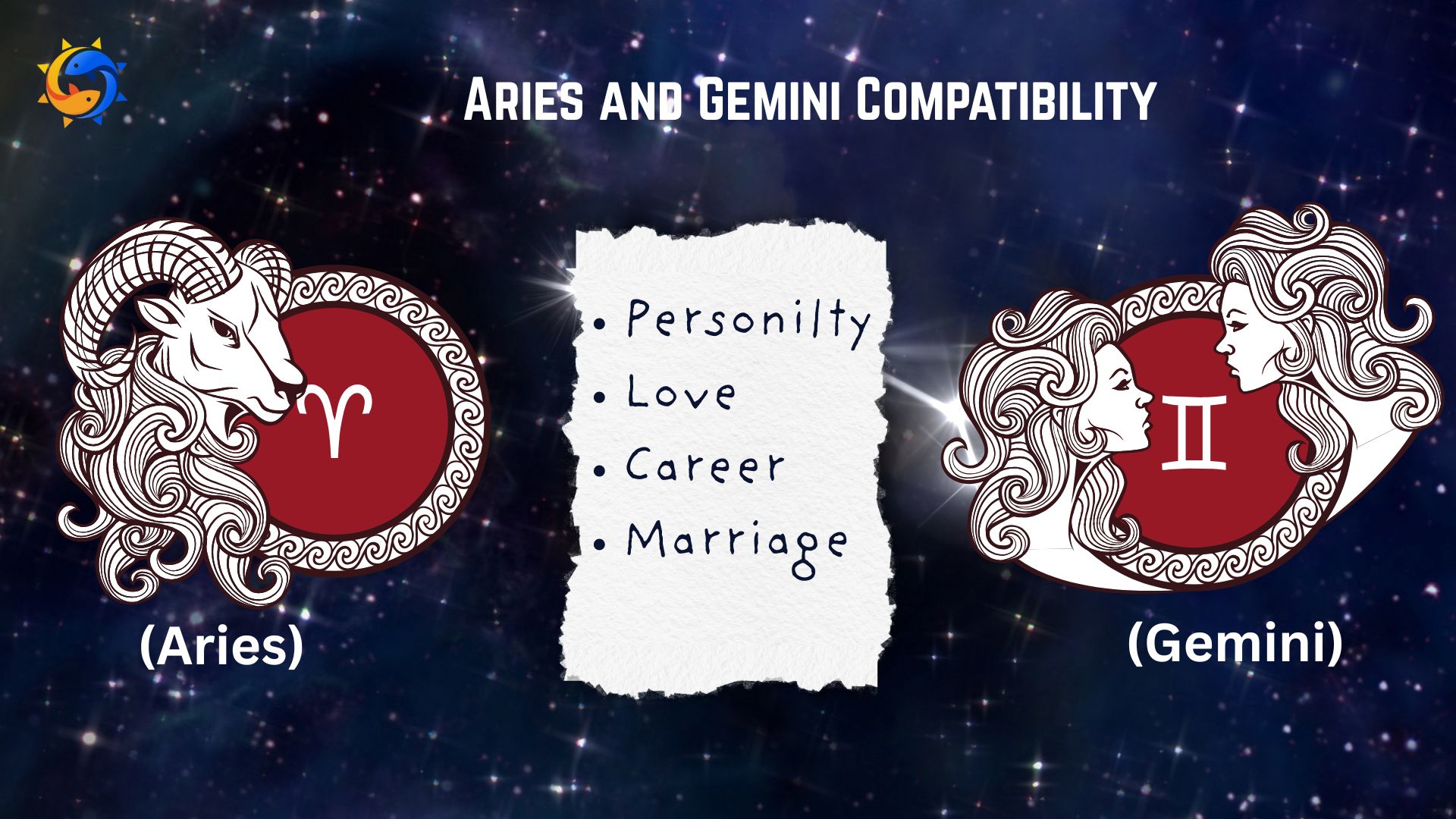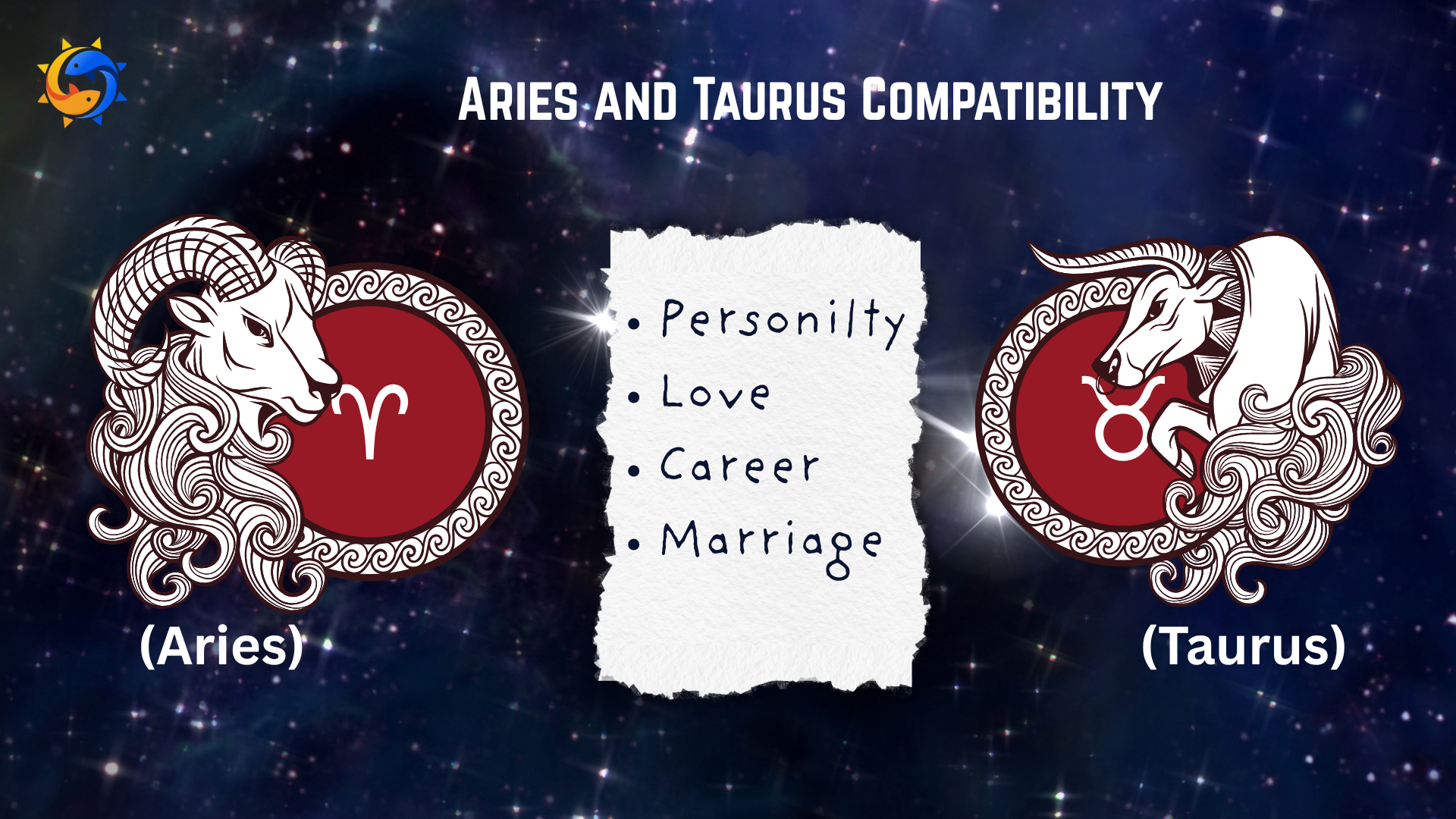Lord Jagannath, revered as the God of the Universe, holds a unique and exalted place in Hindu scriptures and worship. His enigmatic form and the vibrant celebrations in his honor draw millions of devotees and curious onlookers to the sacred city of Puri in Odisha, India. This blog delves into the origins, significance, and the fascinating traditions surrounding Lord Jagannath.
The Story of Lord Jagannath and the Origin of the Puri Temple
Long ago, King Indradyumna of Malwa was a devoted follower of Lord Vishnu. He yearned to behold the divine form of Vishnu and set out to find it. Guided by a celestial vision, he journeyed to Puri, where he heard of a sacred deity worshipped in the Nilachala region.
In Puri, the king discovered a floating wooden log in the sea, believed to hold divine power. This log, known as Daru Brahma, was said to embody the essence of the supreme deity. With the help of Vishwakarma, the celestial architect, idols were carved from this sacred wood.
These idols, unlike typical Hindu deities, are unique. They feature large, round eyes, short arms, and a symmetrical form that symbolizes their timeless and divine nature.
The Legend of the Carving of the Idols
The process of carving the idols is deeply spiritual. It is believed that Vishwakarma himself took on the task of carving the deities, but only under the condition that he could work in complete seclusion without any interruptions. However, King Indradyumna, anxious about the progress, broke this agreement by peeking into the room. As a result, Vishwakarma disappeared, leaving the idols unfinished, which explains their unique, incomplete appearance.
Read Also - Ketu in 1st House: Self-Identity and Spiritual Awakening
The Triad Deities: Jagannath, Baladeva, and Subhadra
Lord Jagannath is the principal deity, revered as an incarnation of Lord Krishna. His brother Baladeva (Balarama) and sister Subhadra complete the holy trinity. The trio is worshipped together in the grand Jagannath Puri, one of the Char Dham pilgrimage sites in Hinduism.
Jagannath: The Universal Lord
Jagannath's form is characterized by large, round eyes and a smiling face, which exudes a sense of eternal joy and benevolence. His color is black, representing the vast and unfathomable nature of the universe. As an embodiment of Lord Krishna, Jagannath is associated with love, compassion, and divine play.
Balabhadra: The Symbol of Strength
Balabhadra, also known as Balarama, is depicted in white, symbolizing purity and strength. He is considered the elder brother and protector of Jagannath. Balabhadra's association with agriculture and fertility further emphasizes his role as a nurturer and sustainer.
Subhadra: The Auspicious Sister
Subhadra, the sister of Jagannath and Balabhadra, is depicted in yellow, symbolizing auspiciousness and prosperity. Her presence in the triad represents the harmonious balance of the divine family, embodying the feminine aspect of divinity.
Read Also - Rahu in First House: Effects on Your Life
The Jagannath Temple: Architectural Marvel
The Jagannath Puri is a magnificent example of Kalinga architecture, characterized by its grand scale, intricate carvings, and towering spires. The temple complex, spread over 400,000 square feet, is surrounded by a high fortified wall known as Meghanada Pacheri.
The Garbha Griha: Sanctum Sanctorum
The temple's main sanctum, known as the Garbha Griha, houses the idols of Jagannath, Balabhadra, and Subhadra on the Ratnavedi (jeweled platform). This inner sanctum is the most sacred part of the temple, where the divine presence is believed to be most intense. The Ratnavedi is adorned with precious stones and intricate decorations, reflecting the opulence and devotion of the temple.
The Spire and the Flag
The temple's 65-meter high spire, adorned with a flag that changes every day, is visible from miles away and is a beacon of faith for devotees. The flag, known as the Patitapabana Bana, is believed to protect the city and its people from calamities. The daily ritual of changing the flag is performed by the temple priests and is considered an act of great religious significance.
The Kitchen: Mahaprasad
One of the unique aspects of the Jagannath Temple is its massive kitchen, which is considered the largest in the world. The kitchen can feed thousands of devotees every day, and the food prepared here is known as Mahaprasad. This sacred offering is believed to be directly blessed by Lord Jagannath, and partaking in it is considered a divine experience.
Rath Yatra: The Grand Chariot Festival
Rath Yatra, also known as the Grand Chariot Festival, is a vibrant and significant Hindu festival celebrated with great enthusiasm in India, especially in the city of Puri, Odisha. This festival is dedicated to Lord Jagannath, who is considered a form of Lord Vishnu. Rath Yatra is a time of joy, devotion, and unity, bringing together millions of devotees from all over the world.
The Significance of Rath Yatra
Rath Yatra is one of the oldest and most important festivals in Hinduism. It is celebrated annually in the month of Ashadha (June-July). The festival marks the journey of Lord Jagannath, along with his siblings Balabhadra and Subhadra, from their main temple to the Gundicha Temple, which is about 2 kilometers away. This journey symbolizes Lord Jagannath’s desire to visit his birthplace, the Gundicha Temple.
The Grand Chariots
The main highlight of the Rath Yatra is the grand chariots, or "raths," on which the deities are carried. Each deity has a separate chariot: Jagannath's chariot is called Nandighosa, Balabhadra's is Taladhwaja, and Subhadra's is Darpadalana. These chariots are huge, elaborately decorated, and made anew every year. Skilled artisans work for months to build and decorate these chariots with colorful fabrics, flowers, and intricate carvings.
The Procession
On the day of the festival, the idols of Lord Jagannath, Balabhadra, and Subhadra are ceremoniously brought out of the temple and placed on their respective chariots. The atmosphere is filled with the sound of conch shells, drums, and chants of "Jai Jagannath!" Devotees gather in large numbers to pull the chariots with thick ropes, believing that participating in this ritual will bring them blessings and purify their sins.
The chariots move slowly through the streets of Puri, surrounded by a sea of devotees. The journey to the Gundicha Temple is a grand spectacle, with people singing, dancing, and offering prayers along the way. It is a moment of deep devotion and joy for the participants.
The Return Journey
After staying at the Gundicha Temple for about a week, the deities make their return journey to the main temple, known as the "Bahuda Yatra." This return journey is equally festive and is marked by similar rituals and celebrations. The deities are welcomed back with great fervor, and the streets are again filled with joyous devotees.
Cultural and Social Impact
Rath Yatra is not just a religious event; it is also a cultural extravaganza. It brings people together, regardless of their background, to celebrate and share in the divine experience. The festival has a significant impact on the local economy as well, attracting tourists from all over the world. The vibrant processions, traditional music, dance, and the spirit of community make Rath Yatra a unique and unforgettable experience.The Chariots
During the Rath Yatra, massive wooden chariots, resembling temples on wheels, are pulled through the streets of Puri by thousands of devotees. The largest chariot, Nandighosa, is dedicated to Jagannath, while Taladhwaja and Darpadalana are for Balabhadra and Subhadra, respectively. These chariots are intricately decorated and constructed anew each year by skilled artisans.
The Procession
The grand procession attracts millions of pilgrims and is a vibrant display of devotion, music, and dance. The sight of the deities on their chariots, moving through the streets amidst chants of "Jai Jagannath," creates an atmosphere of divine ecstasy. The journey from the Jagannath Temple to the Gundicha Temple covers a distance of about 3 kilometers, and the return journey, known as Bahuda Yatra, is equally grand.
Significance of Rath Yatra
The Rath Yatra holds deep spiritual significance. It symbolizes the journey of the soul towards liberation and the divine's willingness to come out and be accessible to all, breaking the barriers of caste, creed, and social status. The festival embodies the spirit of unity and universal brotherhood.
Daily Rituals and Ceremonies
The worship of Lord Jagannath involves a series of daily rituals and ceremonies, each with its own significance and charm. These rituals are meticulously performed by the temple priests, following age-old traditions.
Mangala Arati: The Morning Ritual
The day begins with the Mangala Arati, a pre-dawn ritual where the deities are awakened with chants and hymns. This is followed by the Abhisheka, where the idols are bathed and dressed in fresh clothes.
Bhoga Offering
Multiple times a day, food offerings, known as Bhoga, are presented to the deities. The Mahaprasad, prepared in the temple kitchen, includes a variety of dishes made from rice, lentils, vegetables, and sweets. These offerings are later distributed among the devotees as a sacred blessing.
Sandhya Arati: The Evening Ritual
The Sandhya Arati marks the evening worship, where the deities are adorned with elaborate decorations and offered lighted lamps, flowers, and incense. The temple premises resonate with devotional songs and music, creating a serene and uplifting atmosphere.
Pahuda: The Night Ritual
The day concludes with the Pahuda ritual, where the deities are put to rest. This involves the closing of the temple doors, signifying the end of the day's activities and the beginning of the deities' rest period.
Read Also - What Does Rahu in 2nd House Mean?
Festivals and Special Occasions
In addition to the Rath Yatra, the Jagannath Temple celebrates numerous other festivals throughout the year, each with its own significance and rituals.
Snana Yatra: The Bathing Festival
Snana Yatra, held on the full moon day of Jyestha (May-June), marks the ceremonial bathing of the deities. The idols are brought to the Snana Mandap (bathing platform) and bathed with 108 pitchers of sacred water. This ritual is believed to purify and rejuvenate the deities.
Nabakalebara: The Renewal of Idols
Nabakalebara is a unique and rare festival that occurs every 12 to 19 years, coinciding with the Adhika Masa (leap month) of the lunar calendar. During this festival, the wooden idols of Jagannath, Balabhadra, Subhadra, and Sudarshan are replaced with new ones, made from sacred neem trees. The old idols are buried in a secret place within the temple premises.
Chandan Yatra: The Festival of Sandalwood
Chandan Yatra, held during the summer months, involves the smearing of sandalwood paste on the idols to keep them cool. This festival is celebrated with much fanfare, including processions, boat rides, and various cultural activities.
The Universal Appeal of Lord Jagannath
Lord Jagannath's appeal transcends regional and cultural boundaries. He is considered a unifying deity, embodying the essence of compassion, acceptance, and universality. His festivals and rituals are marked by inclusivity, where people of all castes and creeds come together to celebrate the divine.
Jagannath Culture
The Jagannath culture is a rich and vibrant part of the cultural heritage of Odisha, India, centering around the worship of Lord Jagannath, the "Lord of the Universe." This unique tradition is deeply intertwined with the social, religious, and cultural fabric of the region. The grand Jagannath Puri is the epicenter of this culture, drawing millions of devotees and pilgrims each year.
A central aspect of Jagannath culture is the Rath Yatra, an annual chariot festival where the deities Jagannath, Balabhadra, and Subhadra are taken out of the temple in massive, elaborately decorated chariots. This event symbolizes the gods’ journey to meet their devotees and is a grand celebration of faith, drawing crowds from across the globe. The festival is marked by music, dance, and a spirit of communal harmony.
Jagannath culture also emphasizes inclusivity. Unlike many Hindu temples, the Jagannath Temple allows people of all castes and creeds to participate in the worship and festivals. This inclusiveness extends to the Mahaprasad, the sacred food offered to the deities, which is shared by all devotees regardless of social status.
In essence, Jagannath culture is a living tradition that celebrates devotion, community, and the universal nature of the divine, fostering a sense of unity and spiritual connection among its followers.
Conclusion
Lord Jagannath's story is more than just a tale of divine presence; it represents unity, devotion, and a deep connection between the divine and humanity. From the mystical origins of the Daru Brahma to the majestic Jagannath Temple and the lively Rath Yatra festival, every aspect of Jagannath's worship reflects profound spiritual beliefs and cultural richness.
The Jagannath Puri is not only a magnificent architectural marvel but also a place that draws people from all over to experience its sacred atmosphere. Daily rituals like the Mangala Arati at dawn and the tranquil Sandhya Arati in the evening create a sense of reverence and devotion among visitors.
The Rath Yatra, especially, shows how Lord Jagannath's appeal transcends boundaries. As the deities travel in grand chariots through the streets of Puri during this festival, people of all backgrounds come together to join in their divine journey. This celebration reminds us that spirituality unites us, regardless of our differences in caste, creed, or social standing.
Lord Jagannath, with his unique form and compassionate presence, continues to inspire devotion and wonder among millions worldwide. His message of love, compassion, and acceptance resonates across cultures, making him not just a deity but a symbol of universal harmony and spiritual enlightenment. As pilgrims visit Puri seeking his blessings, they find comfort in the belief that Lord Jagannath, the God of the Universe, watches over all with boundless grace and kindness.
AstroSagga, India's premier occult institute, our foundation course covers Vedic Astrology, Lo Shu Numerology, Mobile Numerology, Pendulum Dowsing, Tarot Cards, and Zibu Symbols. Learn from expert tutors and delve into the mysteries of the mystic arts. Enroll now for an enlightening journey!


